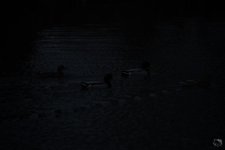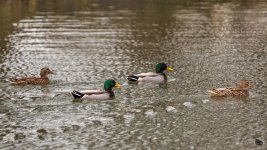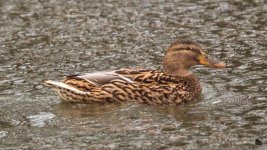I think a problem here is that what I say or do goes against the common ideas about exposure.
A remark was made in a reply to me about it not being different from shooting SLR in the past. Maybe that's the best way to explain it for those of us that were familiar with them.
When we used an SLR, we set aperture and shutter and that defined the amount of light our film received. Whether we put a 100 or 400 ISO film inside didn't affect the amount of light it received. Only shutter and aperture has an effect on that.
When using DSLR it is not different but there's such a widespread misconception about ISO, we are not aware of what it does and what we can do when we take control. I stumbled upon conflicting results during my nightshots and to find an answer to those, ended up using this method.
Just like in the days of the SLR, shutter and aperture define the light captured on the sensor. When we use the native ISO, the image the sensor captures resembles the RAW after A/D conversion. ISO is a manipulation of the received data not that different from WB, contrast and the rest we can define. The only major difference with this is that ISO affects the data during A/D conversion and in that adjusts the light the sensor received to the exposure we prefer for our shots. If we increase ISO with one stop, we tell the cam to interpret the analog data differently.
The main problem is it being a definitive manipulation because it happens during A/D conversion and in that affects some settings of our RAW. And it comes at a price; every stop of ISO lowers our DR, tonal range, color sensitivity and SNR.
The way to get around it is not adjusting ISO and adjust the exposure of the shot in post. Instead of using ISO 800 as an example, we now increase exposure by 3 stops in post. The main reason to do so is to avoid any quality loss ISO increase causes.
The shots look crap just like the negatives looked crap in the past. Only when we manipulate them, the real shot comes out.







